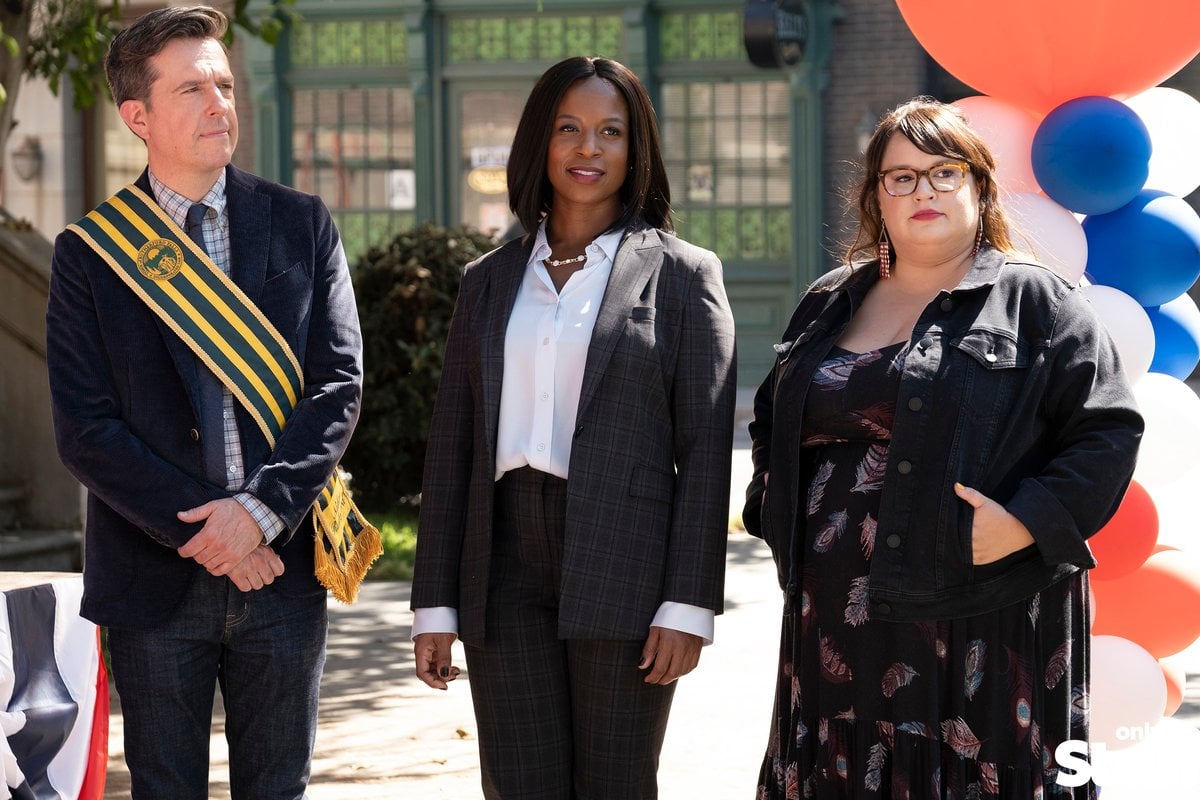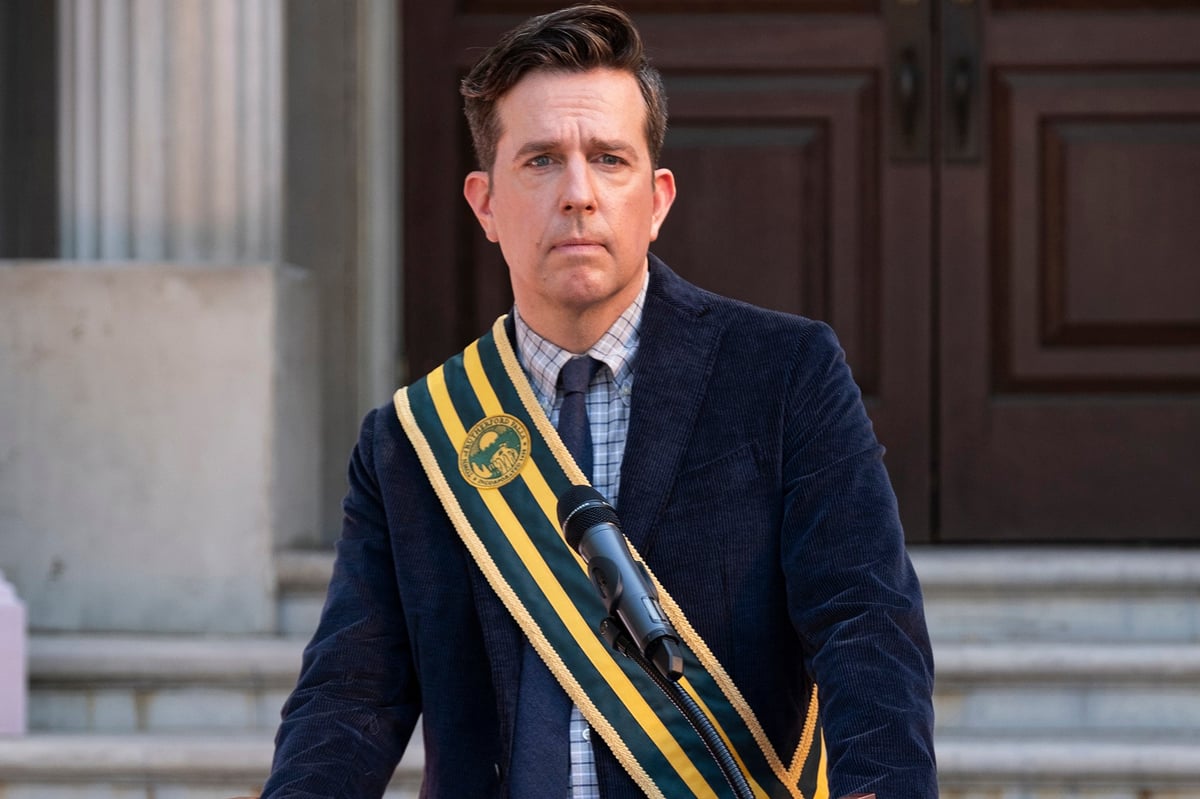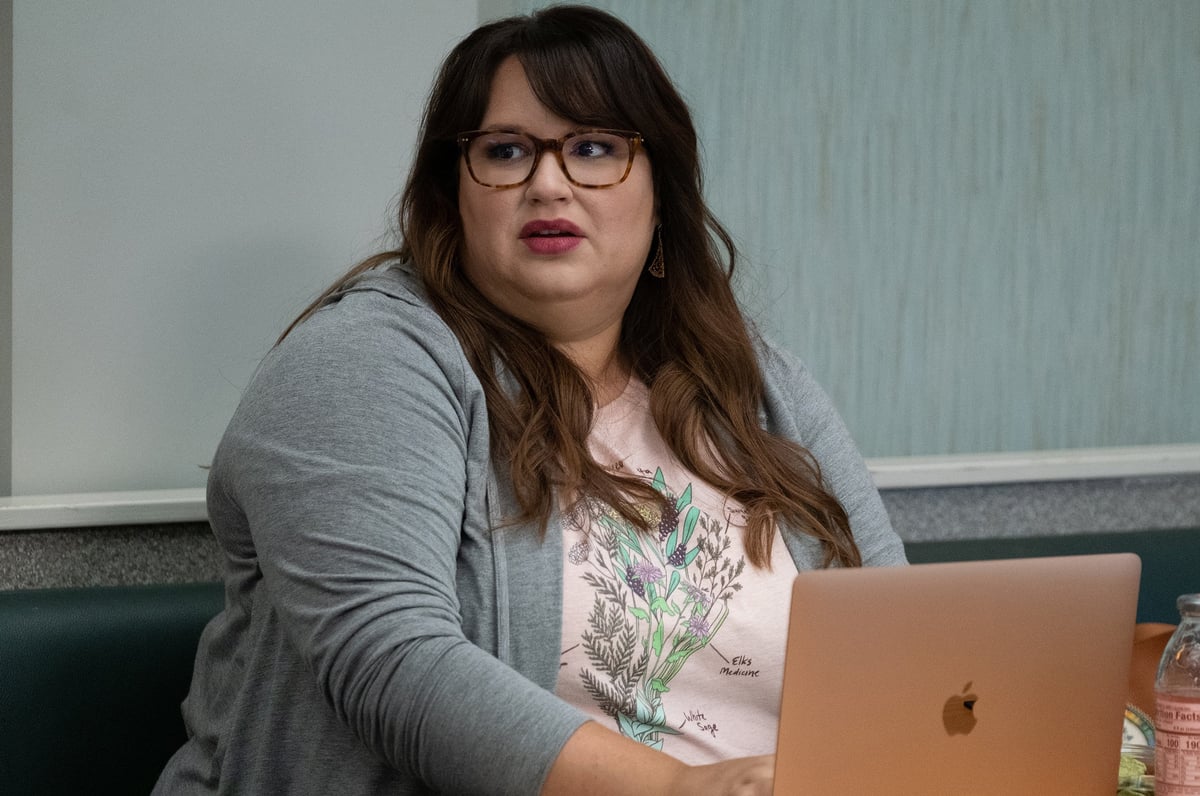
Six years after the end of Parks and Recreation, Michael Schur has returned to the world of small-town America.
The creator of Parks and Recreation and The Good Place has teamed up with Brooklyn Nine-Nine and Superstore writer and producer Sierra Teller Ornelas, and The Office's Ed Helms, to create comedy series Rutherford Falls.
The new series, which premieres only on Stan on April 23, follows Nathan Rutherford (Ed Helms), a proud descendant of the town's founder, who is passionate about preserving his family's place in history.
Watch the trailer for Stan's Rutherford Falls below. Post continues after video.
While Nathan is attempting to preserve his family's legacy by working at the town's local heritage museum, his childhood best friend, Reagan (Jana Schmieding), is doing the same for her ancestors in the Minishonka Nation, running a culture centre at the tribe's casino.
As the series continues, the mayor ignites a town-wide debate over whether to remove the statue of the town's namesake "Big Larry", leading Nathan and Reagan to find themselves at a difficult crossroads.
As one of the first ever Native American sitcoms, the new series is breaking barriers in more ways than one.



Top Comments